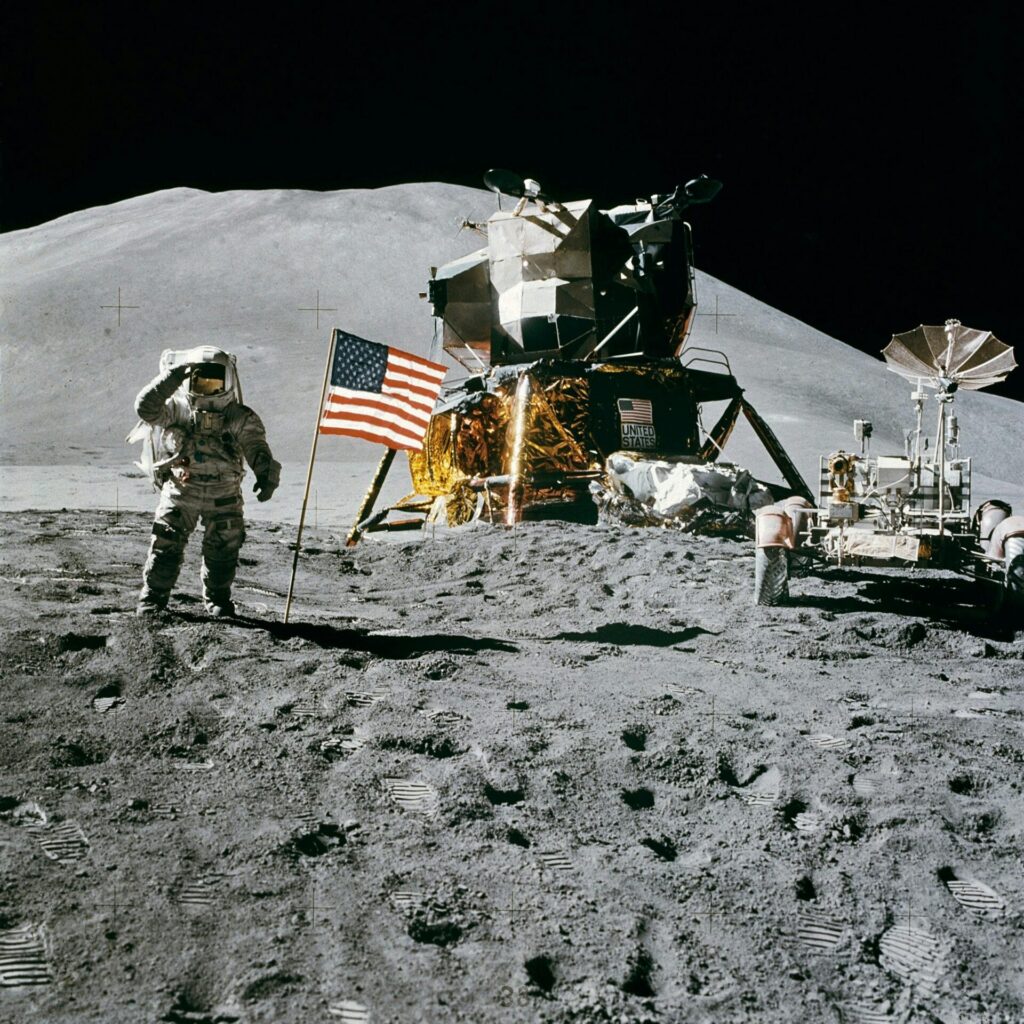
Sunita Williams’ Return from Space After 287 Days: Challenges and Body Reactions
After an incredible 287 days aboard the International Space Station (ISS), NASA astronaut Sunita Williams has completed one of the most extended space missions in history. On March 18, 2025, Williams and her fellow crew members returned to Earth, marking the end of a nine-month journey that posed numerous challenges, both in space and upon their return.
Williams, alongside NASA astronauts Barry “Butch” Wilmore and Russian cosmonaut Aleksandr Gorbunov, has spent nearly nine months performing critical scientific research, conducting spacewalks, and maintaining the ISS. Their mission was initially planned for a shorter duration but was extended due to unforeseen circumstances, including propulsion system malfunctions with their transport vehicle. Despite these obstacles, the crew maintained their focus on their objectives and overcame the difficulties of living in space for an extended period.
The Challenges of Landing
Reentering Earth’s atmosphere and landing after such a long time in space is never a simple task. For astronauts, the process can be physically and mentally challenging, and the risks involved are significant. One of the most pressing concerns is the rapid deceleration as the spacecraft reenters Earth’s atmosphere. This intense force can subject the astronauts to high G-forces, which can strain their bodies.
In addition to the G-forces, astronauts may also face difficulties related to the spacecraft’s heat shield, designed to protect them from the extreme heat generated during reentry. The heat shield is designed to withstand temperatures exceeding 3,000°F (1,650°C), but any malfunction could jeopardize the astronauts’ safety.
Post-Return: How Will Sunita Williams’ Body React?
After spending nearly nine months in space, the human body undergoes significant changes. Without the pull of Earth’s gravity, astronauts’ muscles and bones weaken, and fluid distribution in the body changes. Upon returning, Williams will likely face several challenges, both physical and psychological.
- Muscle Weakness and Atrophy: In the microgravity environment of the ISS, muscles that are not regularly used can atrophy. After 287 days in space, Williams will need to undergo physical therapy to rebuild strength and regain normal function.
- Bone Density Loss: Bone density decreases in space because the body doesn’t need to support its weight in a gravity-free environment. This can lead to an increased risk of fractures upon returning to Earth. Astronauts like Williams may experience joint pain and stiffness as their bones begin to readjust to Earth’s gravity.
- Fluid Redistribution: In space, bodily fluids shift toward the upper body due to the lack of gravity. Upon returning to Earth, Williams’ circulatory system will need time to adjust, as fluids return to their normal distribution in the body, often leading to dizziness and headaches.
- Balance and Coordination: Gravity helps maintain our sense of balance, but in space, astronauts’ vestibular systems can become disoriented. When returning to Earth, astronauts may struggle with coordination and spatial awareness as their bodies adapt to gravity once again. This can lead to difficulties with walking and standing.
- Psychological Effects: After such a prolonged stay in space, astronauts often experience a sense of isolation and emotional fatigue. The psychological adjustment after returning to Earth can be challenging as Williams reacquaints herself with normal life. It can take weeks or even months for astronauts to fully readjust to the psychological pressures of being back on Earth.
How Sunita Williams Contributed During Her Mission
During her extended stay aboard the ISS, Sunita Williams participated in a range of scientific experiments that aimed to improve our understanding of human health, biology, and space exploration. She performed spacewalks, conducted experiments on microgravity’s effect on muscle and bone health, and contributed to the long-term research on space habitation, which will be crucial for future missions to the Moon and Mars.
The Future of Space Exploration
Williams’ mission is a significant milestone in the journey of space exploration, highlighting the resilience and adaptability of astronauts. It also underscores the importance of preparing astronauts for long-duration space missions, where physical and mental challenges must be carefully managed. As NASA continues to plan missions to the Moon under the Artemis program and beyond to Mars, the experiences of astronauts like Sunita Williams will be invaluable in ensuring the success and safety of future explorers.
External Links for More Information:
NASA Astronaut Sunita Williams’ Incredible Space Mission – In-depth details on Sunita Williams’ time aboard the ISS and her return journey.
